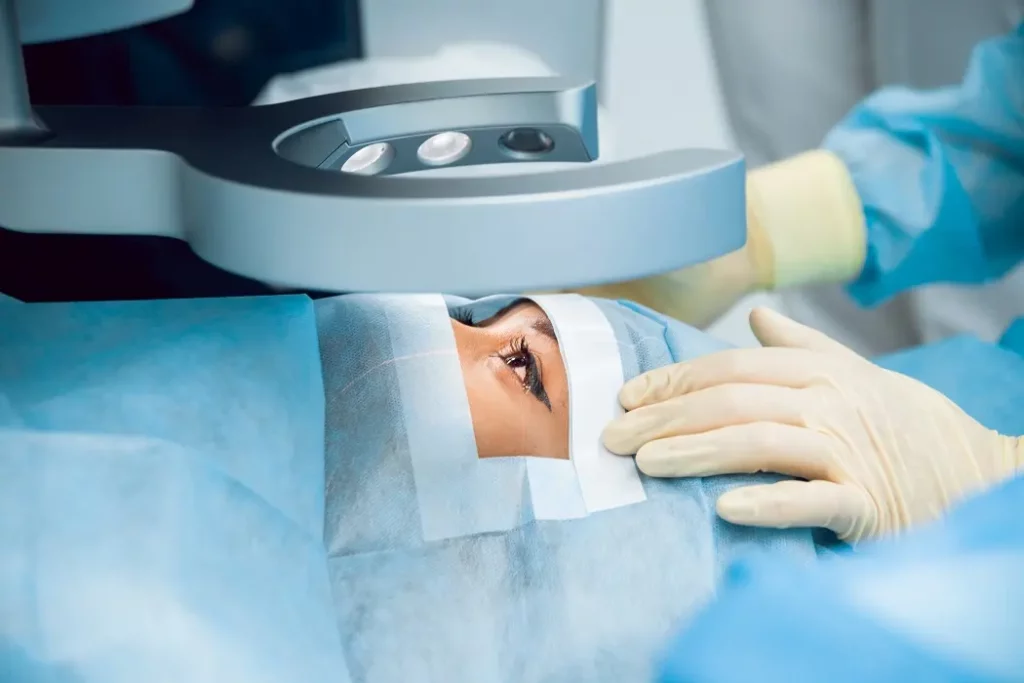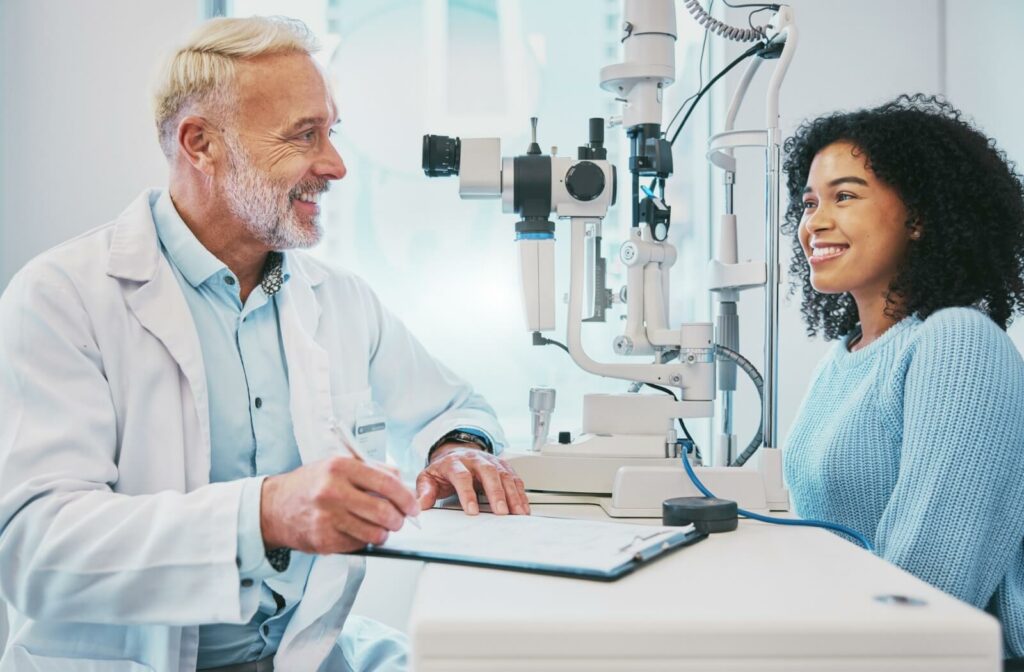All Categories
Featured
Unlocking Opportunities: Comprehensive Low Vision Recovery Alternatives.
Dealing with low vision can provide unique obstacles, yet contemporary rehab methods equip people to adjust and flourish. From advanced modern technology to hands-on training, there are countless choices made to boost day-to-day live and foster self-reliance. Here's an in-depth consider the varied rehabilitation services offered for those with low vision.
The Role of Low Vision Rehabilitation
Low vision recovery focuses on assisting people maximize their staying vision and create skills to handle their environments. With a mix of devices, training, and individualized support, rehabilitation programs boost functionality and increase self-confidence in navigating daily tasks.
Secret Reduced Vision Rehabilitation Options
Customized Visual Aids
High-Powered Magnifiers: These gadgets come in handheld, wearable, or electronic styles, permitting customers to review, create, or view items up close.
Telescopic Glasses: Perfect for improving distance vision, these glasses help with tasks such as viewing tv or reading signs.
![]()
Filter Lenses: Colored lenses decrease glow, improve comparison, and offer UV security, enhancing comfort and exposure.
Technical Innovations
Digital Magnifying Instruments: Desktop and mobile devices offer flexible zoom, allowing less complicated accessibility to published materials and electronic material.
![]()
Voice-Assisted Innovation: Screen visitors, voice-enabled mobile phones, and AI-driven applications aid users browse the digital world more successfully.
Wearable Vision Aids: Smart glasses geared up with cameras and acoustic feedback offer real-time aid with analysis, acknowledging objects, and spatial alignment.
Expert Training Programs
Orientation and Wheelchair Training: This program educates individuals exactly how to relocate with confidence within their areas and homes, frequently including canes or overview canines.
Daily Living Abilities: Specialized training outfits people with strategies to execute necessary jobs such as food preparation, dressing, and managing home jobs.
Flexible Aesthetic Methods: Specialists guide individuals on leveraging field of vision or scanning methods to make up for vision loss.
Environmental Alterations
![]()
Basic adjustments in your home or work can significantly enhance accessibility:
Making use of different shades for much better things distinction.
Including job illumination to improve presence.
Marking appliances with tactile signs for less complicated operation.
Emotional and Social Support
Handling vision loss commonly involves emotional changes. Support system and counseling solutions supply a secure area to share experiences and build durability.
Peer mentoring programs link people with comparable difficulties, fostering sociability and shared services.
Accessing Rehabilitation Services
Low vision recovery solutions are commonly offered with:
Specialized Clinics: Eye doctors and ophthalmologists trained in reduced vision care offer tailored assessments and services.
Nonprofit Organizations: Groups like the American Structure for the Blind and VisionAware provide resources, guidance, and references.
Area Centers: Neighborhood services might give free or low-priced training and accessibility to assistive devices.
Last Thoughts
By checking out the many rehabilitation alternatives readily available, those with low vision can discover techniques that function best for their special needs and scenarios. If you or a liked one faces vision obstacles, don't think twice to reach out to a low vision expert to begin the journey towards empowerment and versatility.
Dealing with low vision can provide unique obstacles, yet contemporary rehab methods equip people to adjust and flourish. From advanced modern technology to hands-on training, there are countless choices made to boost day-to-day live and foster self-reliance. Here's an in-depth consider the varied rehabilitation services offered for those with low vision.
The Role of Low Vision Rehabilitation
Low vision recovery focuses on assisting people maximize their staying vision and create skills to handle their environments. With a mix of devices, training, and individualized support, rehabilitation programs boost functionality and increase self-confidence in navigating daily tasks.
Secret Reduced Vision Rehabilitation Options
Customized Visual Aids
High-Powered Magnifiers: These gadgets come in handheld, wearable, or electronic styles, permitting customers to review, create, or view items up close.
Telescopic Glasses: Perfect for improving distance vision, these glasses help with tasks such as viewing tv or reading signs.

Filter Lenses: Colored lenses decrease glow, improve comparison, and offer UV security, enhancing comfort and exposure.
Technical Innovations
Digital Magnifying Instruments: Desktop and mobile devices offer flexible zoom, allowing less complicated accessibility to published materials and electronic material.

Voice-Assisted Innovation: Screen visitors, voice-enabled mobile phones, and AI-driven applications aid users browse the digital world more successfully.
Wearable Vision Aids: Smart glasses geared up with cameras and acoustic feedback offer real-time aid with analysis, acknowledging objects, and spatial alignment.
Expert Training Programs
Orientation and Wheelchair Training: This program educates individuals exactly how to relocate with confidence within their areas and homes, frequently including canes or overview canines.
Daily Living Abilities: Specialized training outfits people with strategies to execute necessary jobs such as food preparation, dressing, and managing home jobs.
Flexible Aesthetic Methods: Specialists guide individuals on leveraging field of vision or scanning methods to make up for vision loss.
Environmental Alterations

Basic adjustments in your home or work can significantly enhance accessibility:
Making use of different shades for much better things distinction.
Including job illumination to improve presence.
Marking appliances with tactile signs for less complicated operation.
Emotional and Social Support
Handling vision loss commonly involves emotional changes. Support system and counseling solutions supply a secure area to share experiences and build durability.
Peer mentoring programs link people with comparable difficulties, fostering sociability and shared services.
Accessing Rehabilitation Services
Low vision recovery solutions are commonly offered with:
Specialized Clinics: Eye doctors and ophthalmologists trained in reduced vision care offer tailored assessments and services.
Nonprofit Organizations: Groups like the American Structure for the Blind and VisionAware provide resources, guidance, and references.
Area Centers: Neighborhood services might give free or low-priced training and accessibility to assistive devices.
Last Thoughts
By checking out the many rehabilitation alternatives readily available, those with low vision can discover techniques that function best for their special needs and scenarios. If you or a liked one faces vision obstacles, don't think twice to reach out to a low vision expert to begin the journey towards empowerment and versatility.
Latest Posts
Get Your Car Fixed Fast - Schedule with Montclare Auto Repair Right Away
Published Apr 18, 25
2 min read
Full Circle Strategic Marketing - Maximize Business Strategies with Full Circle Marketing
Published Apr 18, 25
2 min read
Discover the Trademark Specials at Deauville Inn
Published Apr 17, 25
1 min read
More
Latest Posts
Get Your Car Fixed Fast - Schedule with Montclare Auto Repair Right Away
Published Apr 18, 25
2 min read
Full Circle Strategic Marketing - Maximize Business Strategies with Full Circle Marketing
Published Apr 18, 25
2 min read
Discover the Trademark Specials at Deauville Inn
Published Apr 17, 25
1 min read